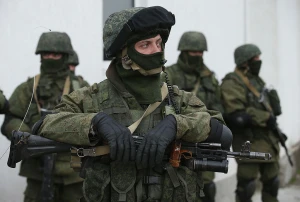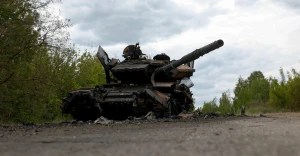
Five realistic scenarios of Russia-Ukraine war in 2024
GLOBSEC's comprehensive report outlines five probable scenarios for countering Russian aggression, avoiding absolute victory or defeat but highlighting likely options that warrant preparation
The analysis, based on expert surveys and event modeling, projects developments in 2024 and 2025.
Total destabilization: 27,26%
The report, summarized by Defense Express, warns of a 27.26% chance of total destabilization due to Russian aggression extending beyond Ukraine through hybrid and proxy actions. The Kremlin aims to disrupt global stability, potentially escalating conflicts in the Middle East, Pacific Asia, and the Balkans. The report suggests heightened tensions, direct conflicts, and even man-made disasters, along with a deliberate exacerbation of the migration crisis.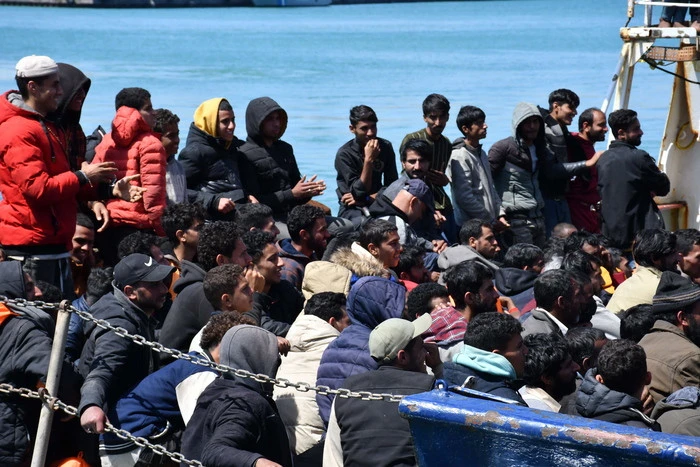
Russia's efforts to destabilize Ukraine internally and influence political processes globally are anticipated. Despite potential restrictions on aid from the West, Ukraine remains resilient, initiating EU integration in 2024. However, uncertainties, including the US elections in November 2024, call for proactive measures by Ukraine. This includes preparing for reduced aid, reevaluating warfare strategies, and rapidly deploying domestic production capabilities amid resource shortages.
Positional warfare: 31,02%
The report assigns a 31.02% probability to the continuation of positional warfare in 2024, suggesting that the war will persist without significant changes to the front line. While Ukraine may initiate offensives in specific directions, the Russian Federation will employ similar tactics, using intensified actions for political leverage during the US elections and pushing for new "Minsk talks." Despite efforts to destabilize global and Ukrainian situations, the impact will be less than in other scenarios.
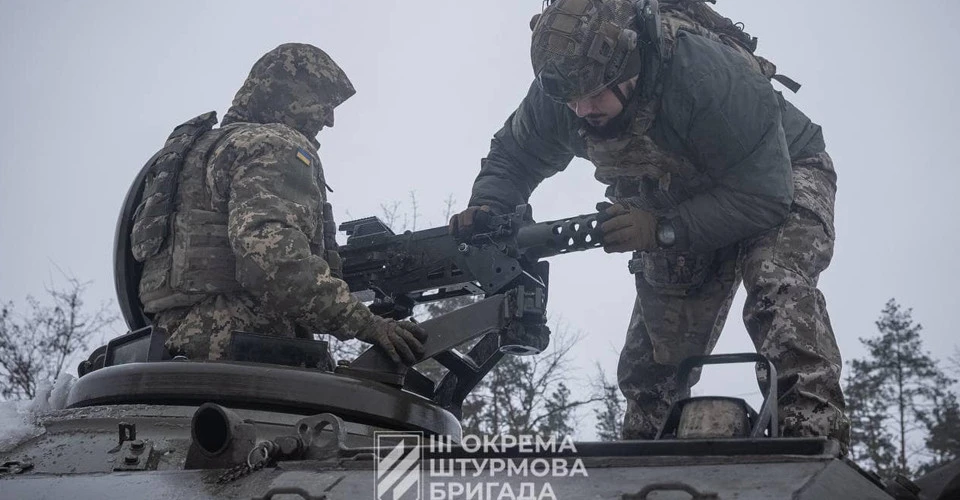
Global support for Ukraine will likely stagnate, with calls for more effective utilization of aid. The shift to a purely positional level of war, with occasional peaks of activity, may reduce global and domestic attention. Ukraine can maintain its front-line positions with continued Western support, necessitating efficient resource allocation and increased domestic arms production. The acquisition of F-16s and advanced weapons could enhance Ukraine's offensive capabilities.
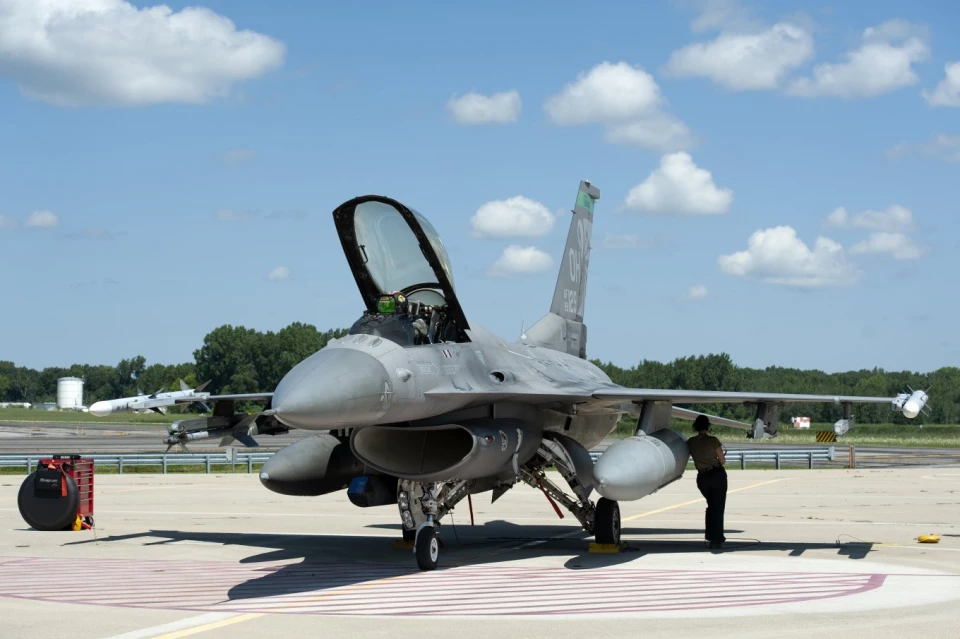
The upcoming US presidential race adds uncertainty, as assistance to Ukraine may be used as a political tool. Meanwhile, the Kremlin's strategy of "positional warfare" aligns with its long-term approach, anticipating waning support for Ukraine in arms and on the international stage.
Freezing the war: 18,8%
The likelihood of freezing the war through peace talks stands at 18.8%, driven by Ukraine's military challenges, Putin's enduring leadership, and US political dynamics. Peace negotiations, proposed by both Russia and the West, may include options like the Korean or German division models, with potential NATO integration for the unoccupied part. The outcome could fix borders at pre-February 22, 2022 levels, excluding earlier-occupied territories of Crimea and Donbas.
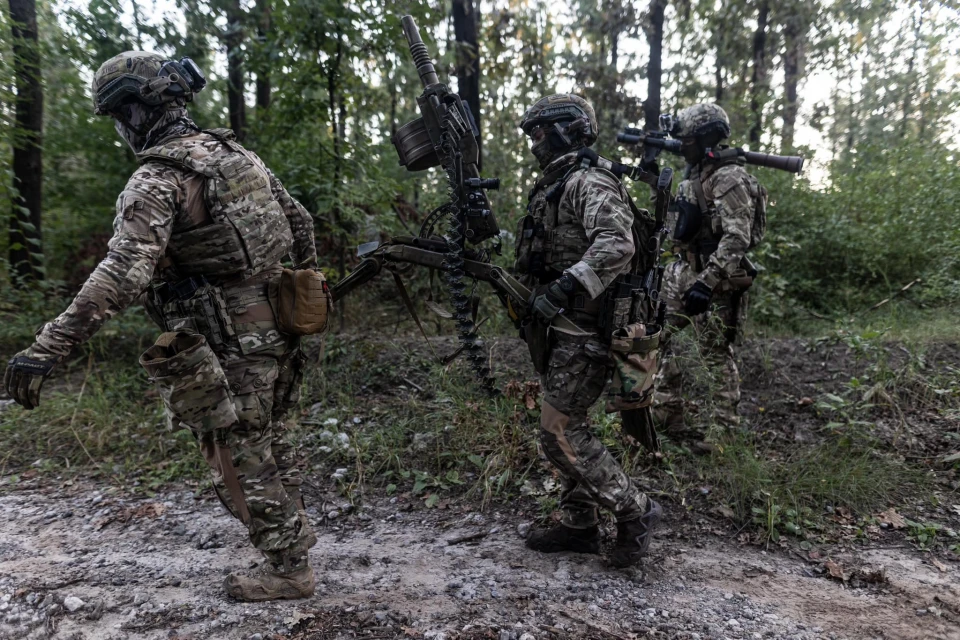
Such talks might hinge on factors like Western support, the front-line situation, the ability to sustain the war, and international pressure on Russia, including from China. Imposing peace talks, while negotiating positions, may deepen internal tensions in Ukraine.
Ukraine's growing advantage: 18,8%
A parallel 18.8% probability involves Ukraine's growing advantage, where increased support and domestic arms production lead to gradual liberation of captured territories in 2024, continuing into 2025. Russia may struggle to recover losses while Putin retains power.
Integration into NATO and the EU remains under negotiation due to ongoing hostilities.
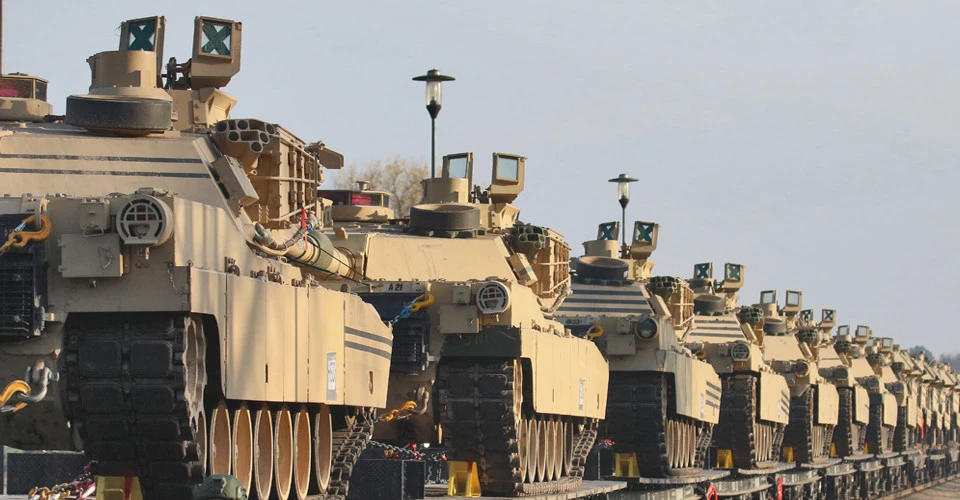
Key factors include enhanced support, modern weaponry transfer, and innovative warfare methods, leveraging soldiers' high training and extensive use of unmanned systems for successful maneuver warfare.
Ukraine’s victory: 3,76%
The least likely scenario, with a 3.76% probability, envisions Ukraine achieving a complete victory by 2025. Success relies on sustained effective support, receiving domestically produced long-range weapons, and a resilient society and economy fully mobilized for the clear goal of winning. The Russian Federation experiences growing social tensions, fueled by significant losses and continuous mobilizations impacting urban centers. The inability to provide similar payments and the emergence of an "Afghan syndrome" further intensify dissent, leading to protests in various regions.
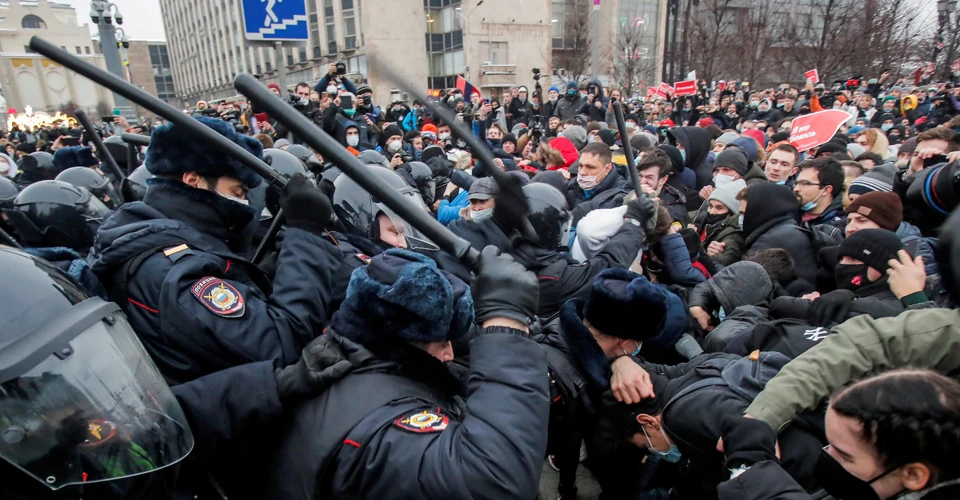
Facing internal challenges, the Kremlin initiates a gradual troop withdrawal, retaining only specific occupied territories. Simultaneously, the international community intensifies the blockade of the Russian Federation, expediting Ukraine's integration processes with NATO and the EU, although full realization may take more time.
- News










